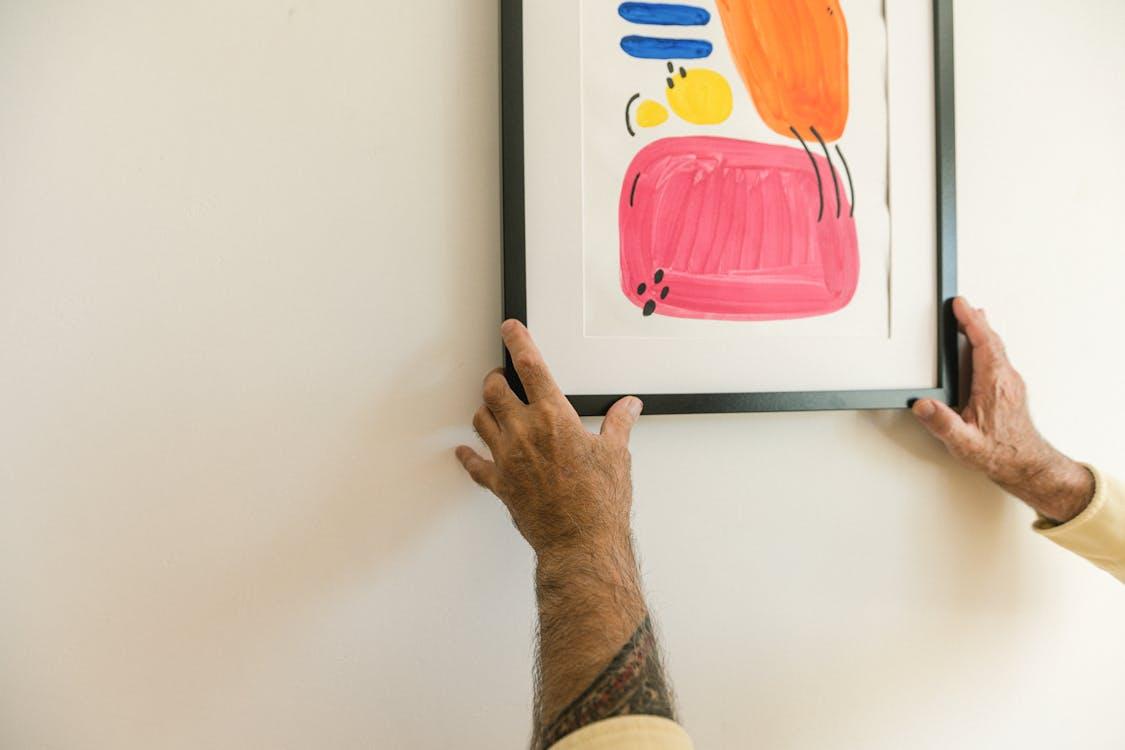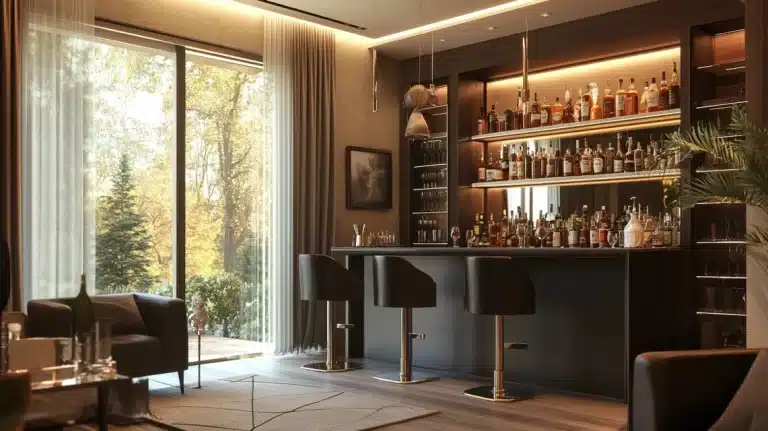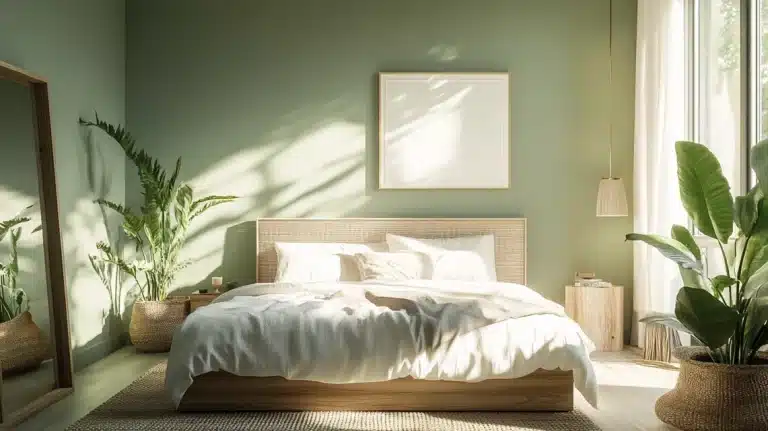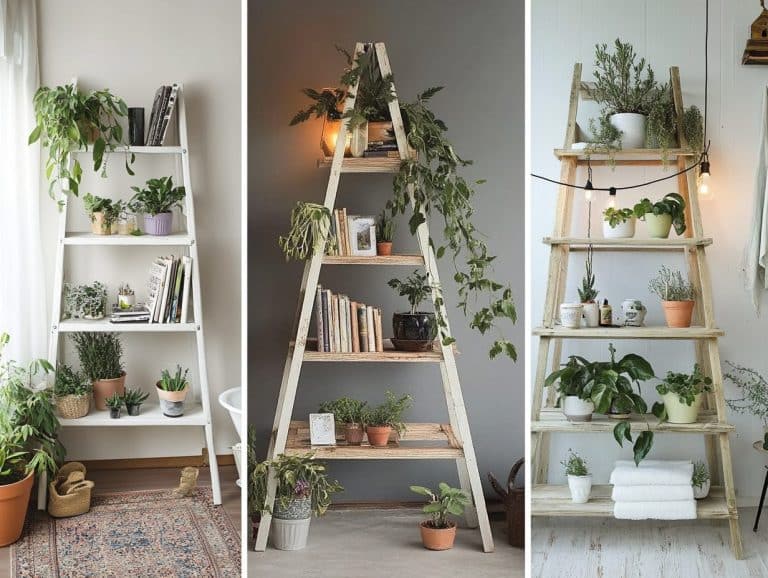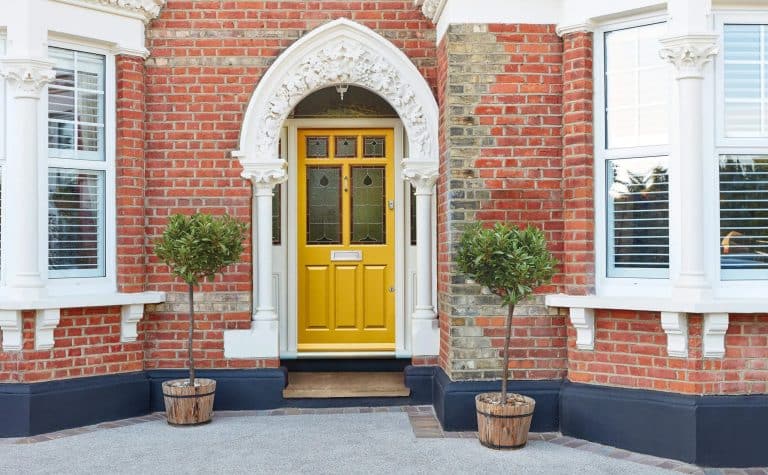Using Wall Art in Home Decor
Home decor is all about self-expression and personal taste. Adding art to a room not only elevates its visual appeal while setting tone, energizing the space or helping to create a softer, more relaxed ambiance. Art is as much about technical aspects such as texture and color as it is about emotional impact, so when choosing artwork for your home, it’s worth trying to get a sense of how both can be used.
Whether you are passionate about post-impressionism, fanatical about futurism, or new to the world of wall art, discovering what you enjoy can be a wonderful way to learn more about the visual arts while finding fresh ways to enhance the look of your home.
Art for Every Home
Historically, the practice of using art to decorate the home was affordable only to the wealthy. Now, affordable formats like prints, posters and glass wall art mean that art is more widely available for use in the home.
Simply knowing what you like can be an excellent starting point, so ignore the trends and go with what inspires you and brings you joy, whether kitsch, classic or an eclectic mix of styles. Sites like Artsy are great learning resources, while apps like Pinterest can help curate your ideas in one place.
There are a number of sources you can use in order to find art for your home. These include companies selling prints of favorite works, independent artists, or if you know someone who can paint or draw, you can commission a piece or even make something yourself.
Selecting Pieces
While the above advice applies to those starting from scratch, others may have an overabundance of prints and paintings to work with. Rather than leave them in storage, try laying them on the floor to get an overview of what you have and what you are immediately drawn to.
Keeping artwork on rotation in your home can add fresh appeal to your room while being an excellent option for those who get bored of seeing the same pieces. Host an art swap party to exchange pieces of wall art, or alternatively, you can try renting pieces for short periods.
Art and Home Decor: Complimentary Aesthetics
Wall art can either be used to inform the rest of the decor in the room, for instance through inspiring choices of wall paint, pattern or shape. Alternatively, you can also choose art that compliments the existing decor; just take care not to add it as a mere afterthought.
In terms of decor style, you may find that an industrial or urban aesthetic favors pieces with strong geometric lines and bold use of color, while in more rustic settings, softer use of color and shape may look more fitting.
These rules are not prescriptive, and breaking a few is all part of the creative process. The artwork you choose doesn’t necessarily have to be perfectly coordinated, especially with decor styles like mid-century modern or transitional, where an eclectic mix of styles works well.
Art in the Home: Room By Room
When placing your artwork, consider the function of the room. Entertainment areas such as living and dining rooms tend to be better suited to more dynamic, vibrant pieces using warmer tones, while in bathrooms and bedrooms, it may be preferable to stick to a cooler, more soothing palette.
You can even use the function of the room as inspiration: Dega often featured images associated with bathing, while Gisueppe Archimboldo’s portraits composed of fruit and vegetables would not look out of place in the kitchen.
Placement
In kitchens and bathrooms, take extra care to protect your wall art by using artwork made from easy-to-clean, durable materials (ideally in a sealed frame with moisture-proof backing) that can also withstand changes in temperature.
Importantly, keep your artwork at eye level to ensure maximum visibility, as too-high placements can also make the ceiling appear lower down. As with other items in the room, consider proportion in addition to other aspects such as color and line to achieve a sense of balance.
Wall Hanging
When deciding where to position your artwork, cut construction or newspaper to size and place it on the wall using sticky tack to visualize how it will look. This can be especially useful when planning gallery arrangements.
In rented accommodation, leaning or using works that can be placed using removable adhesive offers a better chance of retaining your deposit. If you can hang heavier artwork in your home, ensure you have it properly installed by a professional to keep your home and (and those in it) safe from pieces potentially tipping over or falling.
Think Outside the Frame
Beyond prints, paintings and drawings, other formats can be considered wall art. Along with being enjoyable to make, collaging can also add a personal touch. Handwritten notes left by friends, maps, coasters, polaroids; anything that evokes positive memories can all be framed to create a beautifully nostalgic work of your own.
Consider also using other formats to enhance your existing wall art, such as sculptures and other three-dimensional pieces. One way to do this is by curating a shelf featuring smaller, leaning framed pieces alongside a collection of objects in complementary sizes, colors and shapes, such as vases, bowls or ornaments.

